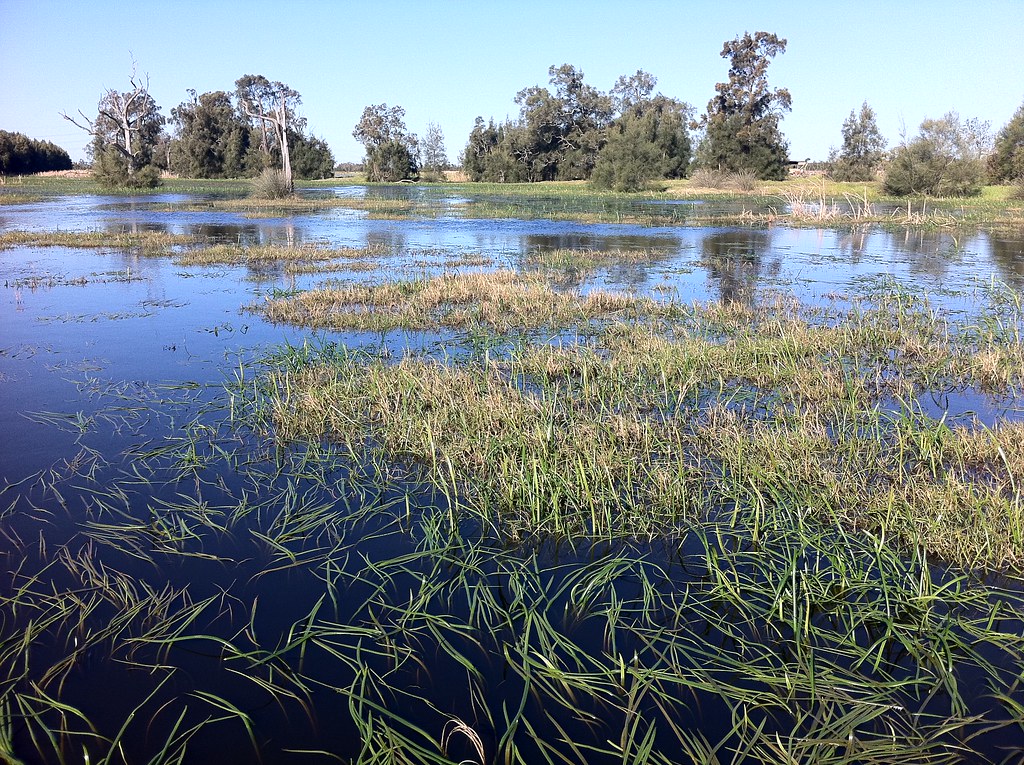The surreptitious species – known as Encheloclarias kelioides (pic) – is among Asia’s most poorly understood clariid catfish, an air-breathing species characterised by their elongated bodies, lengthy barbels or whisker-like sensory organs, as well as their long dorsal and anal fins.
Dr Tan Heok Hui, a curator of fish at the National University of Singapore’s (NUS) Lee Kong Chian Natural History Museum (LKCNHM) in its Faculty of Science, said the E. kelioides species was found for the first time in a forest stream in the Central Catchment Nature Reserve in August 2022.
Over the course of six months, close to 20 of the catfish species were discovered in the secluded but well-protected Nee Soon Swamp Forest, which is enclosed within the 2,000ha of forest cover in the heart of Singapore.
Known to be a very secretive species, the E. kelioides burrows in submerged peat soil, leaf litter and root mats, and can easily evade detection by the untrained eye, he added.
 Research assistant Tan Zhi Wan from LKCNHM, who discovered the species along with research associate Elysia Toh, said they were “surprised and excited”, as the fish was unlike anything they had seen locally.
Research assistant Tan Zhi Wan from LKCNHM, who discovered the species along with research associate Elysia Toh, said they were “surprised and excited”, as the fish was unlike anything they had seen locally.
“We had to check carefully to ensure the fish was not one of our native clariid species that had a damaged dorsal fin.”
The E. kelioides was previously thought to be found only in peat swamps in eastern Peninsular Malaysia and possibly central Sumatra in Indonesia.
Since the discovery, the researchers have proposed an update to the IUCN’s Red List to have the species reclassified as “critically endangered”. The Singapore Red Data List has also been updated.
According to thestar.com.my













